1957
Typ 76108/10 The world's first impact drill in large-scale production
Albrecht wants to create a product that can be successful abroad and earn money in foreign currencies. Understandable when you consider the hyperinflation impacting Germany, which drove the price for a loaf of bread to a mind-boggling 5.6 billion marks in November of 1923. In 1923, at the young age of 23, he develops manual drill no. 18 in his parents' bakery, which he calls the "Metallbohrdreher", or "metal drill".
The manual drill rapidly becomes a success. Albrecht Schnizler founds Schnizler GmbH alongside Julius Closs, son of a Nürtingen brewer, on 19 February 1924. Nürtingen's former brewery, which had been converted into an early industrial and commercial park, is the company headquarters.
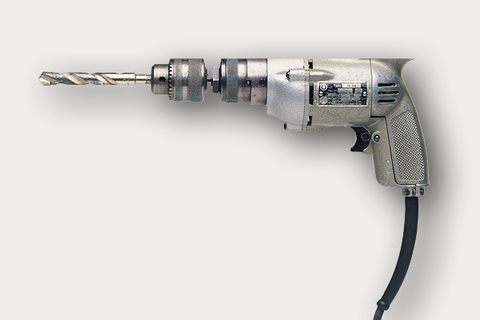
1957
Typ 76108/10 The world's first impact drill in large-scale production
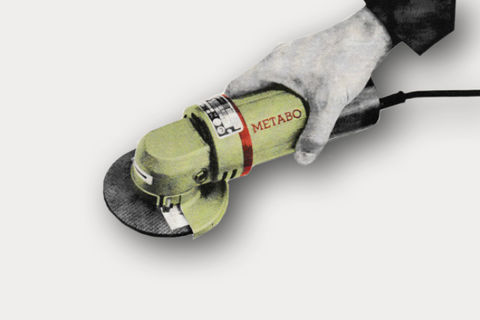
1966
One-handed angle grinder type 6160 with built-in, patented safety clutch
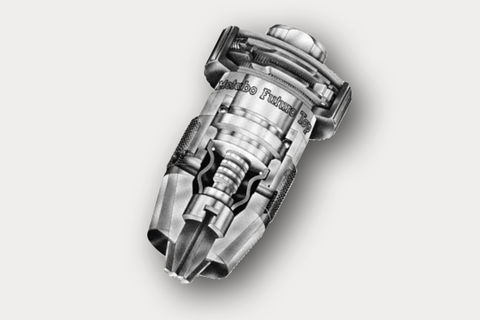
1977
Futuro Top quick action chuck
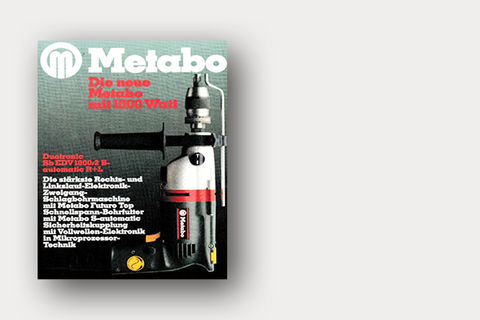
1981
"Duotronic" world premiere
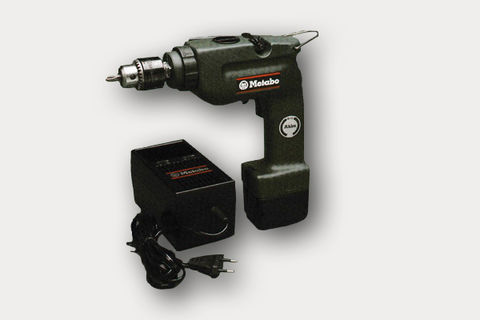
1983
World premiere of the cordless hammer drill
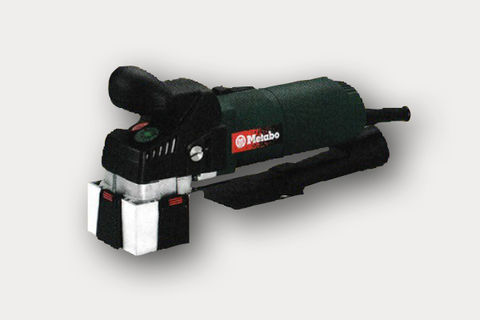
1997
World premiere of the paint remover
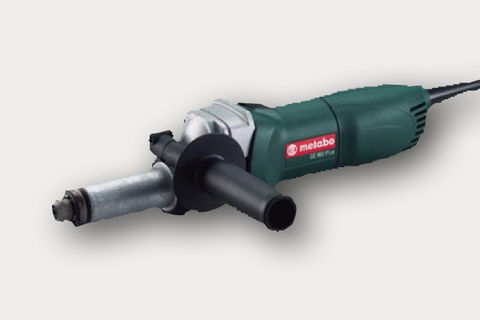
2002
World premiere of the die grinder with spindle stop
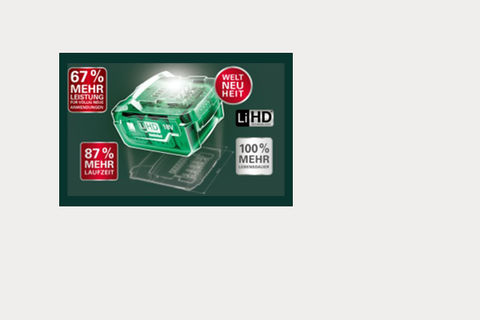
2015
World premiere of LiHD technology (lithium high density)
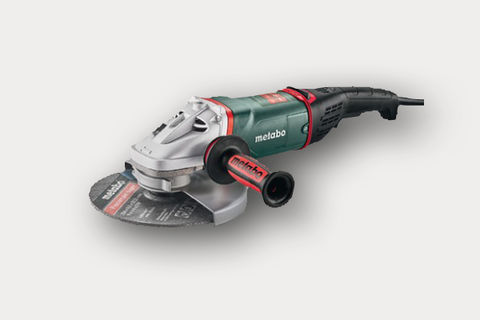
2018
World premiere of WEPBA angle grinder with brake
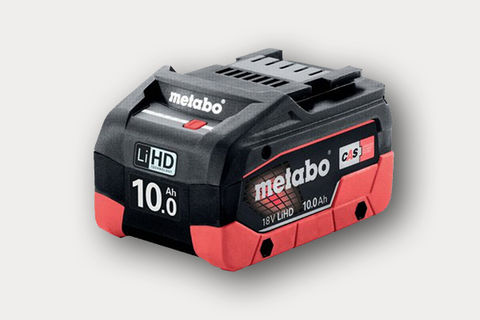
2020
World premiere of the longest runtime in a compact battery pack: 10.0 Ah
Schnizler and his business partner Closs turned their successful metal drill into a brand. They took out ten of the 16 letters, and the product name "Metallbohrdreher" became the brand name Metabo in 1928. Even then, Schnizler kept the focus on what was most important: the needs and requirements of users.
In the early 20th century, welding has already been invented as a stable way to connect metal components. However, the technique is not yet fully developed. Because of this, rivets are in widespread use in many industries. Every rivet needs a hole – and Metabo has the right tool to drill these holes quickly and with low force. This creates a win-win situation: Metabo succeeds, and workers are able to complete their work with less force and effort.
In 1925, even simple telephones are rare. Schnizler GmbH installs the first telephone in Nürtingen – and is assigned telephone number 2. Proof that the company was ahead of the times, even then. Curiously, according to the Nürtingen city archives, telephone number 1 wasn't yet assigned in 1925. When you think about it that way, when it came to modern telecommunication, Metabo was number 1 in Nürtingen, even at number 2.
Image source: ullstein bild - imageBROKER/Helmut Meyer zur Capellen
Metabo's first company headquarters in the heart of Nürtingen is built in 1812 as a cavalry barracks. It serves as a warehouse and residential area from 1835 on. 46 years later, the Closs family buys the area and operates the "Sun" inn and "Closs'sche Sonnenbrauerei" (Sun brewery).
The brewery is forced to close at the end of the First World War. Bad for beer fans in Nürtingen, but good for Schnizler GmbH. The company moves into the Closs family's headquarters. Business is so good that, by 1969, they need a larger headquarters. The Sun chapter closes, but even today, the "Closs'sche Sonnenbrauerei" remains a lovely reminder of Metabo's early years.